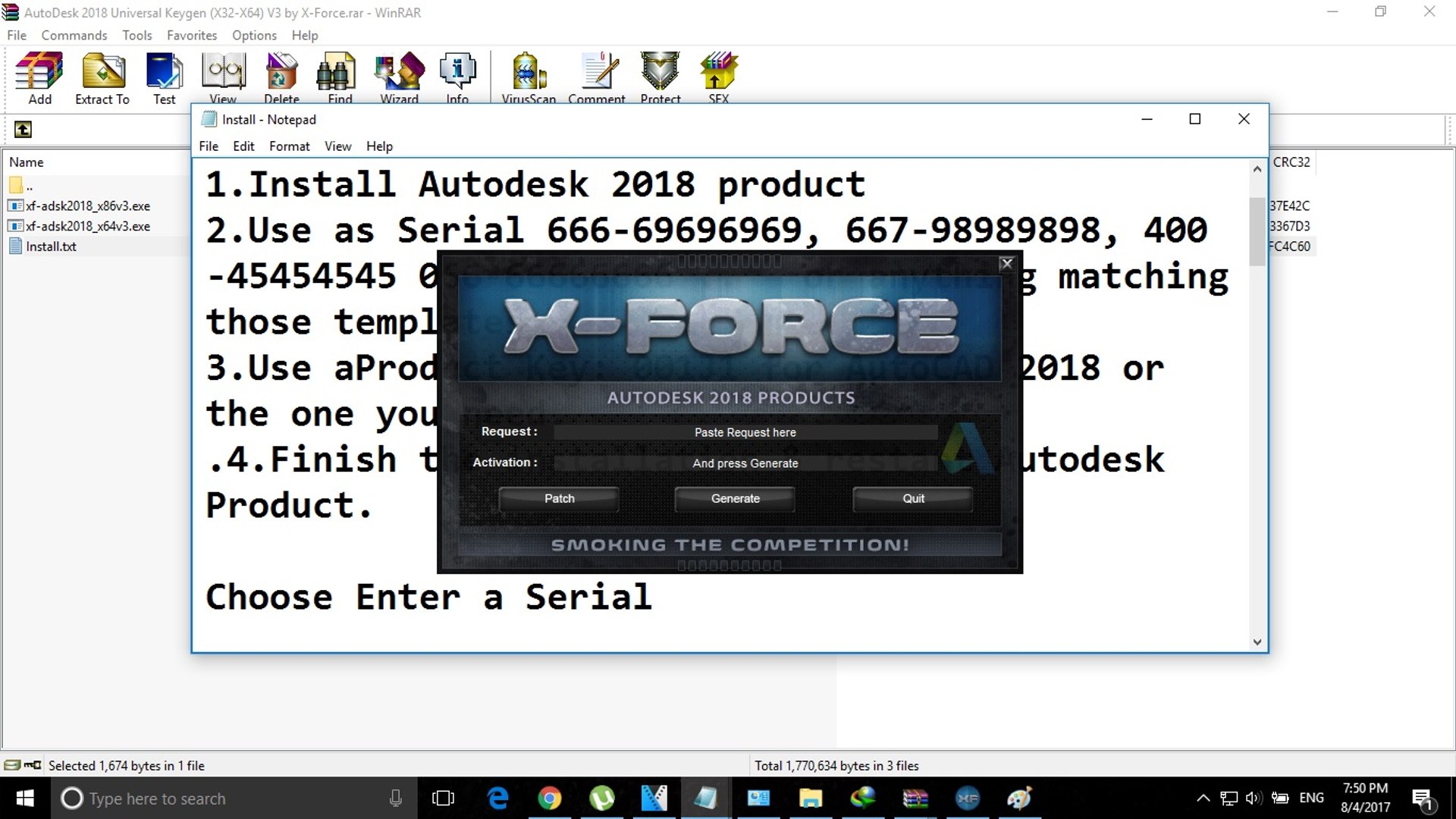

However, if you set up your rigs manually, you can simply create a skeleton.

If you are like me, you use HumanIK for character animation, so you should create both. In the “Skeleton and Rig Generation” you are given the option to simply create a skeleton, or to create a HumanIK rig on top of it. This means you only need to tweak the guides on one side, and then with the corresponding button, you can mirror those modifications to the other side so your rig stays symmetrical. In the “User Adjustment of Guides” you have two buttons that let you mirror the modifications you've done to the guides. You can move the guides around without any problem so the final bones are placed in the correct positions. One thing to keep in mind is that these guides are unlikely going to appear exactly where you need them, so you will have to adjust them manually. These guides are references that Maya will be use to lay out the bones. If you need to tweak the number of guides or the result in general, change the settings and then click Create/Update. When Maya finishes processing, you will have a few spheres inside your character model. In this step you can also decide how many spine bones you want, as well as neck and clavicle bones. If one method doesn't get you good results, just use a different one. However, you are not going to ruin your mesh or something like that by choosing one method over the other.

Then, you have to setup the options to create the “guides.” The Embed Method is important, since it is dependent to the type of mesh you are using (for example, is it a closed mesh, or does it have holes for the eye sockets or mouth). These meshes will conform your final rigged character. First, you need to add your mesh (or meshes) to the window. The Step-By-Step has different steps that you must follow (as the name implies).


 0 kommentar(er)
0 kommentar(er)
